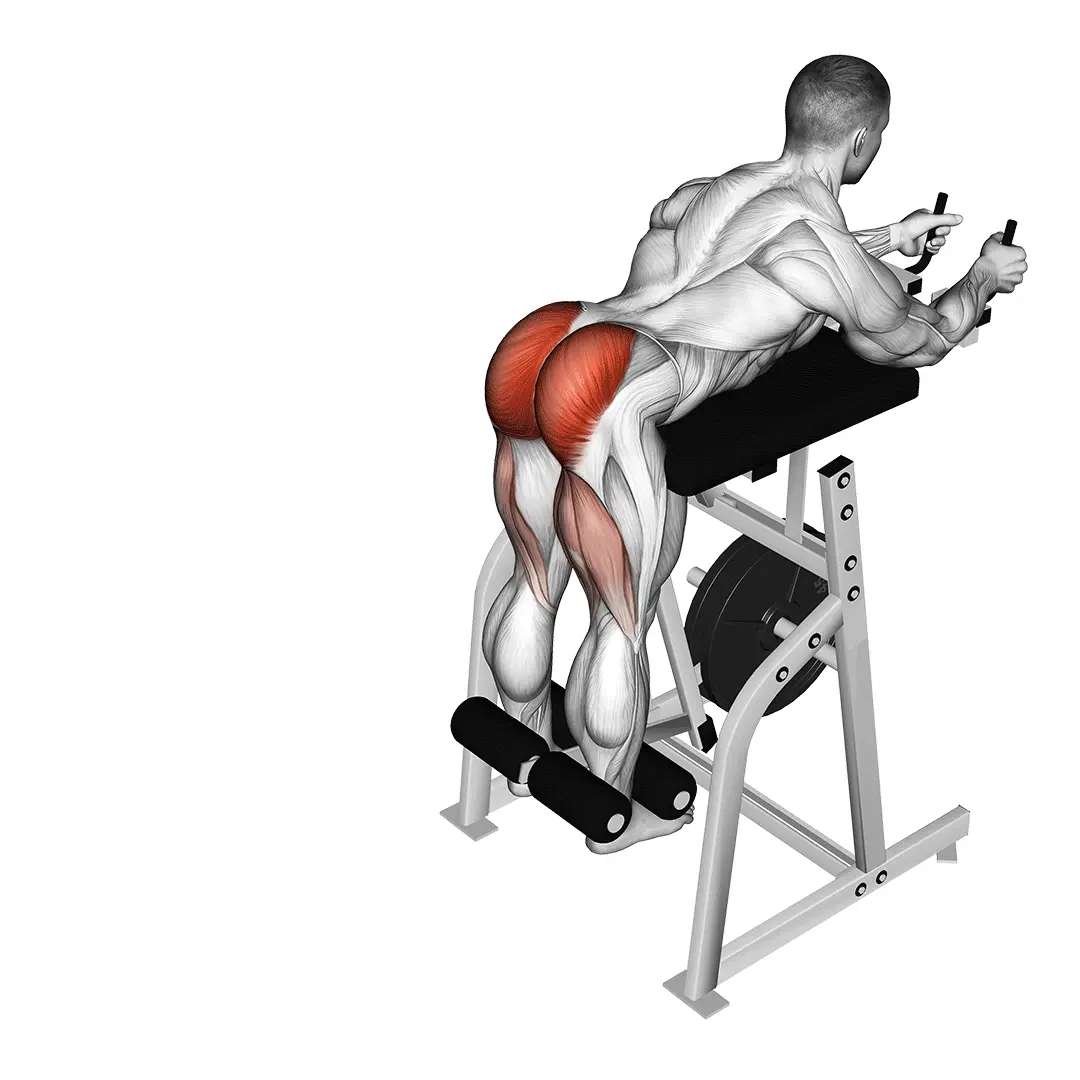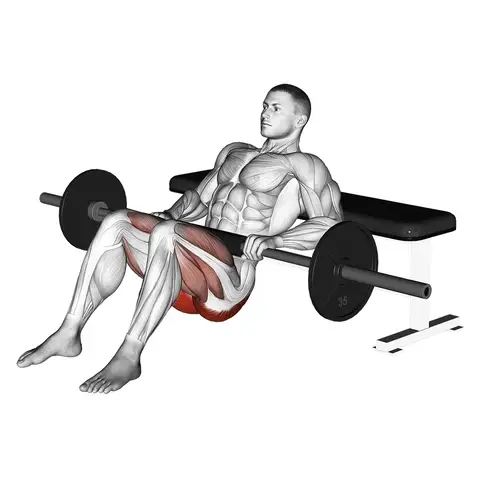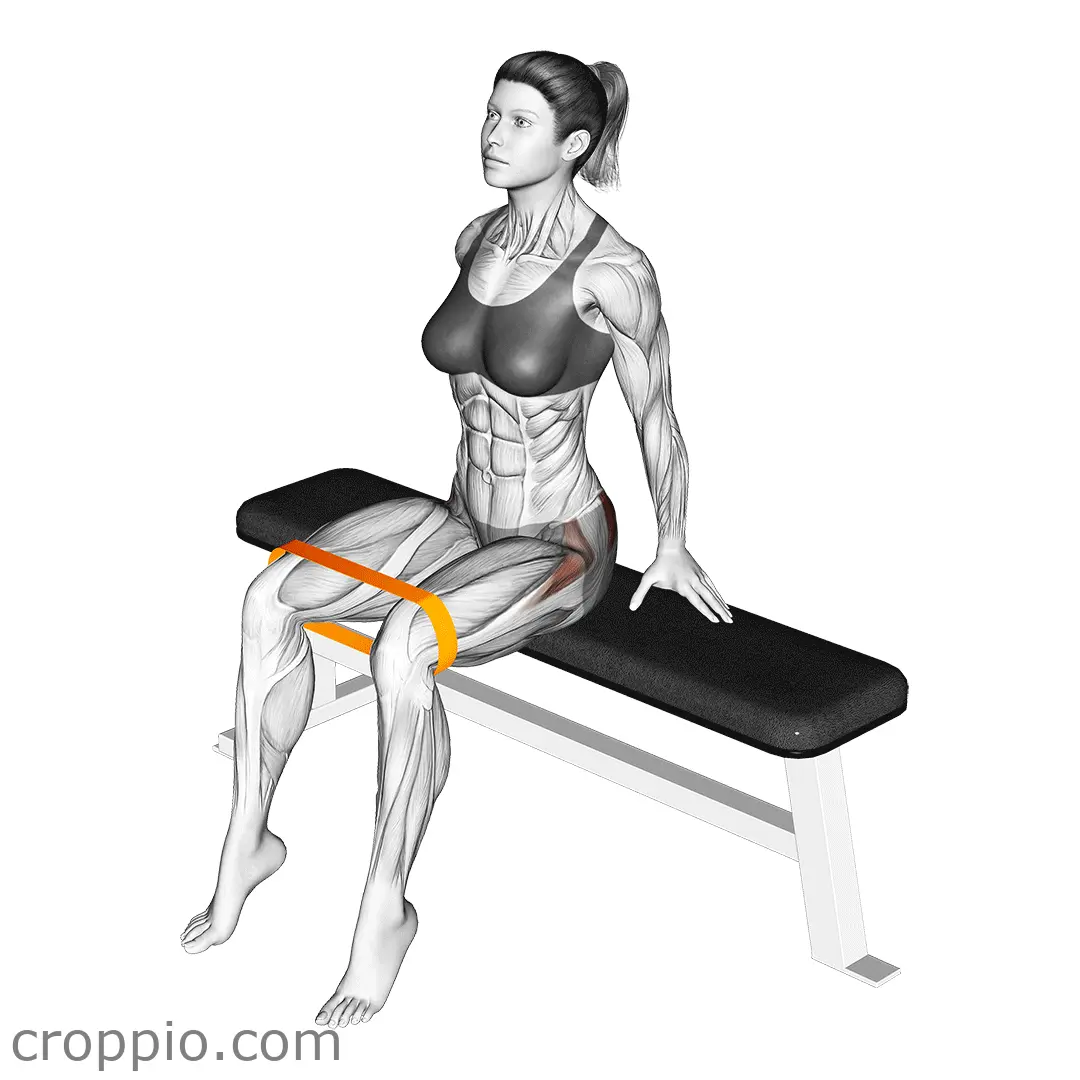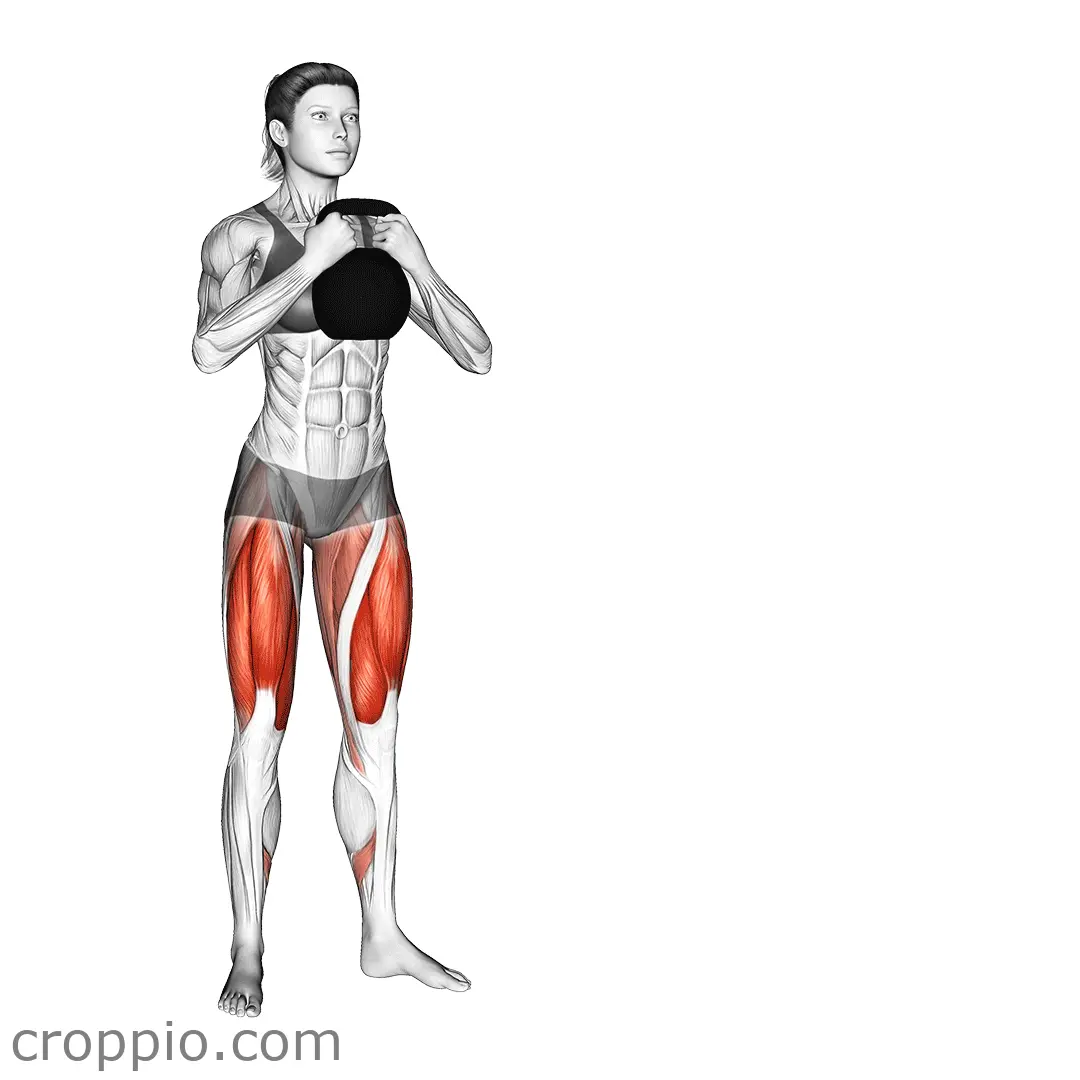Bodyweight Hip Thrust
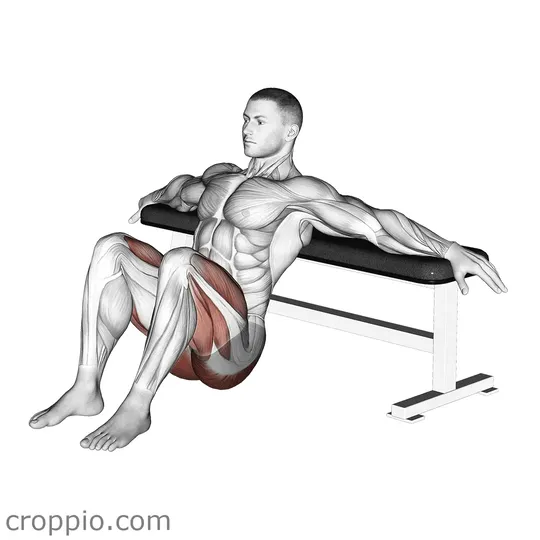
Muscles Involved
The bodyweight hip thrust primarily targets the gluteal muscles, specifically the gluteus maximus, which is essential for hip extension and overall lower-body strength. In addition to the glutes, this exercise engages several secondary muscles, including the hamstrings and the quadriceps, which assist during the thrusting motion. Furthermore, the core muscles, including the rectus abdominis and obliques, play a supporting role to stabilize the body throughout the movement. By activating these muscles, the hip thrust contributes not just to glute development but also to improved overall body strength and posture.
Top Mistakes
- Arching the back: Many individuals tend to arch their lower back excessively during the lift, which can lead to injury and reduces the effectiveness of the exercise.
- Incorrect foot positioning: Placing feet too far from or too close to the body can alter the intended muscle engagement, resulting in suboptimal performance.
- Not fully extending the hips: Failing to drive the hips all the way upwards limits the glute activation and diminishes the overall benefits of the exercise.
Execution Tips
- Start in the right position: Sit on the ground with your upper back resting against an elevated surface like a bench. Ensure your feet are flat on the floor, hip-width apart, and positioned just under your knees.
- Engage your core: Prior to starting the movement, tighten your core to maintain stability throughout the thrust.
- Drive through the heels: As you thrust upward, focus on pushing through your heels instead of your toes. This technique enhances glute engagement.
- Pause at the top: Hold the top position for a moment, squeezing your glutes to maximize the contraction before lowering back down.
Workouts
The bodyweight hip thrust can be incorporated into various workout routines tailored for strength and muscle endurance. A common approach is to perform 3 to 4 sets of 10 to 15 repetitions, allowing for 30 to 60 seconds of rest between sets. To complement the hip thrust, consider pairing it with exercises that target the legs and core, such as squats, lunges, and planks. This combination not only maximizes glute activation but also promotes overall lower-body strength and stability.
Conclusion
The bodyweight hip thrust is an effective exercise for strengthening and developing the glutes while also engaging secondary muscles like the hamstrings and core. By focusing on proper form and technique, you can avoid common mistakes and enhance the exercise's benefits. Incorporating hip thrusts into your workout routine can lead to improved athletic performance, better posture, and an aesthetically pleasing glute shape, making it a valuable addition for anyone looking to enhance their fitness journey.
